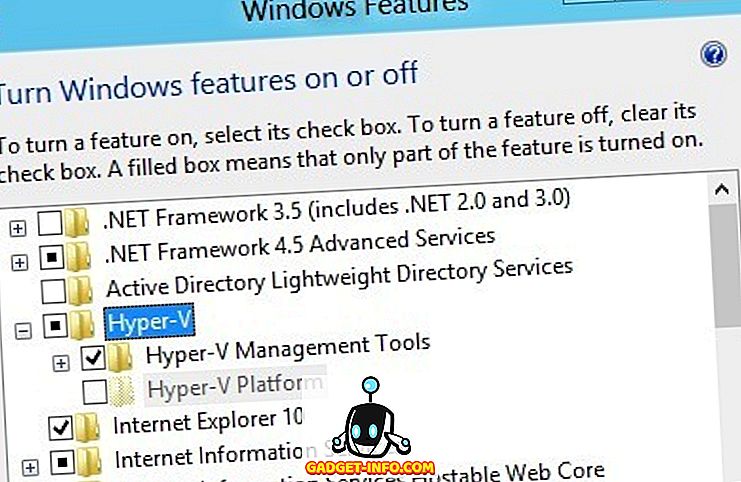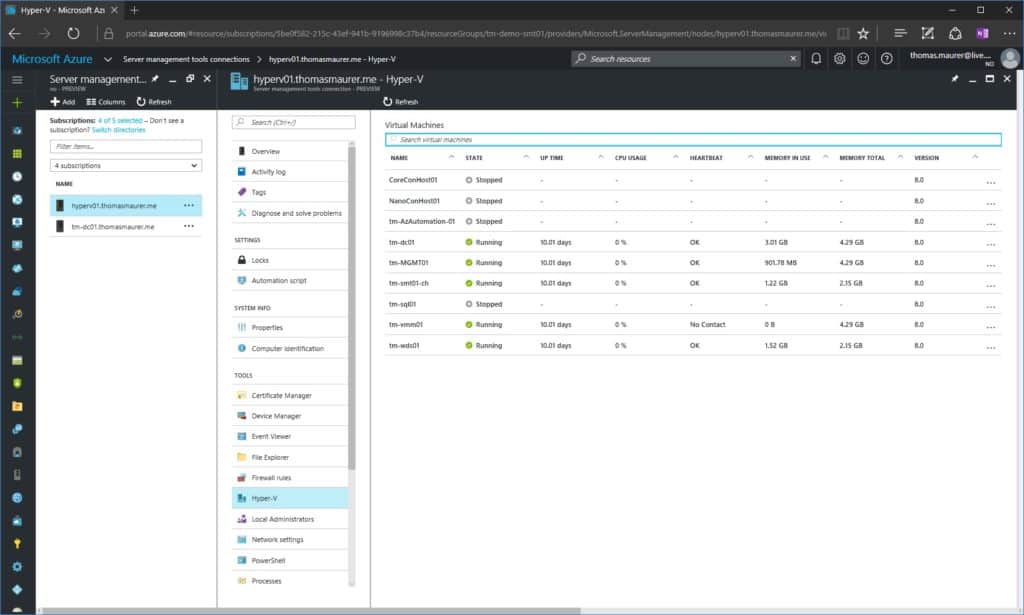

Select Programs and Features on the right under related settings. Right click on the Windows button and select ‘Apps and Features’. Open up a PowerShell or CMD session as Administrator.ĭISM /Online /Enable-Feature /All /FeatureName:Microsoft-Hyper-Vįor more information about DISM, see the DISM Technical Reference. Among its many applications, DISM can enable Windows features while the operating system is running. The Deployment Image Servicing and Management tool (DISM) helps configure Windows and Windows images. When the installation has completed, reboot. If the command couldn't be found, make sure you're running PowerShell as Administrator. Open a PowerShell console as Administrator.Įnable-WindowsOptionalFeature -Online -FeatureName Microsoft-Hyper-V -All

#Hyper v management tools windows 10 update
Upgrade from Windows 10 Home edition to Windows 10 Pro by opening up Settings > Update and Security > Activation.įor more information and troubleshooting, see Windows 10 Hyper-V System Requirements.

The Hyper-V role cannot be installed on Windows 10 Home. (Image Credit: Daniel Petri) If experience has taught us something, it’s that a missing management tool can usually be loaded into a Microsoft. CPU support for VM Monitor Mode Extension (VT-c on Intel CPUs). Missing Hyper-V management tools in Windows 10.64-bit Processor with Second Level Address Translation (SLAT).Windows 10 Enterprise, Pro, or Education.Note: Hyper-V is built into Windows as an optional feature - there is no Hyper-V download. This documents walks through each option. Hyper-V can be enabled in many ways including using the Windows 10 control panel, PowerShell or using the Deployment Imaging Servicing and Management tool (DISM). Enable Hyper-V to create virtual machines on Windows 10.


 0 kommentar(er)
0 kommentar(er)
